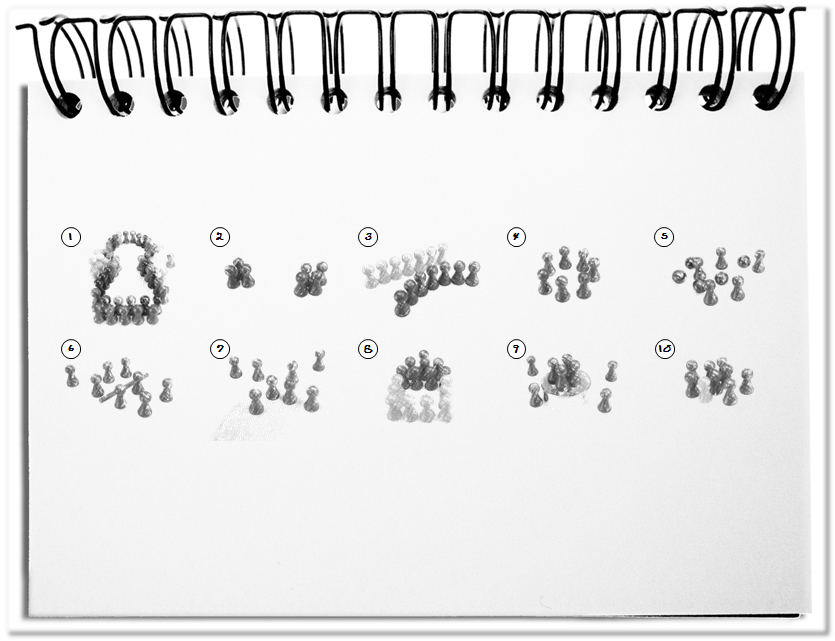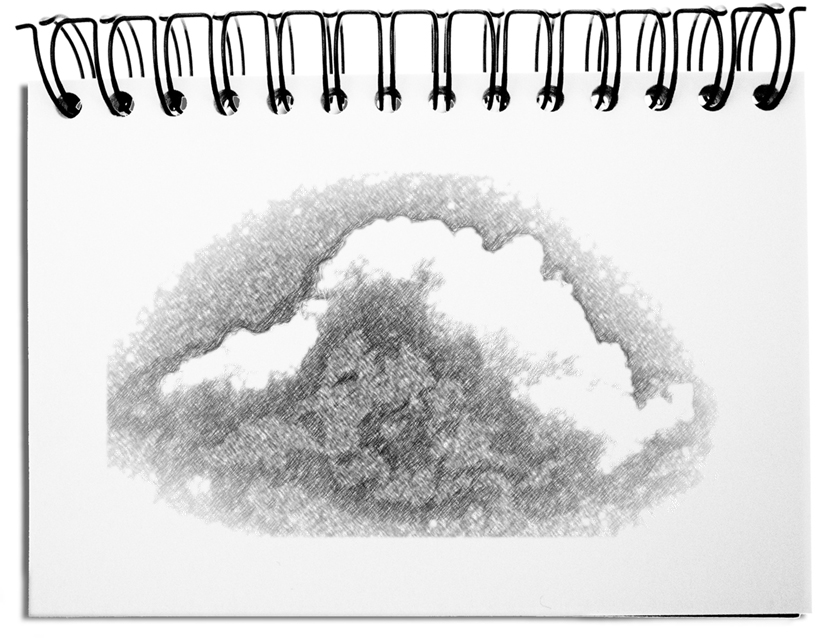Everybody, who is competing for people’s attention, is looking for starting points that let them stand out from the rush of sensual stimuli. For this purpose we all can rely on basic patterns – Gestalt principles or Gestalt laws. These are mechanisms that can direct, guide and seduce perception.
The media has used for a long time these mechanisms, which are also treated in Gestalt psychology. The following mechanisms describe some basic principles.
- Mechanism of the figure-ground (1)
The perception happens quasi-automatically, without deliberately parsing a scene. Thus the attention subconsciously lands in an image on the central object, the figure placed in front of a background. In rare cases, the background comes to the fore and distracts from the actual foreground.
In order to pack a message easily recognizable, the content should stand out clearly from the background. - Mechanism of proximity (2)
If several things are close to each other, then we perceive them as a group. That way, extensive representations can be divided into smaller areas. Good examples are newspapers in which paragraphs in the print space are delimited from each other by a corresponding white space.
In order to make the outline of something easier to recognize, related parts should be closer to, with a noticeable distance from each other. - Mechanism of continuity (3)
If things are in line and follow a path that consistently continues across borders, we assume that they belong together. This can be found on maps where lines often cross one another. The observers are able to detect the continuation of a line when ambiguous intersections are avoided.
Related elements should be arranged in a line and other groups should be clearly differentiated. - Mechanism of closure (4)
If individual elements form a closed form, then we no longer regard the individual building blocks as noteworthy, but rather the resulting form. The meaning then arises from the resulting group.
Groups can be made visible through an according arrangement of certain elements into a formation. - Mechanism of similarity (5,10)
The same shape or color is a strong indication that they are similar things. In situations that consist of many individual parts, we are able to identify the groups because of the similarity of the elements. In moving constellations groups can also be distinguished due to the same direction of movement.
Things that belong together should have common features, e.g. shape, color or size. The elements that do not belong should be clearly set off. - Mechanism of the common region (6,7,9)
If individual elements are found in areas separated by a border, we perceive the individual parts in different zones as related. The individual areas result from recognizable borders or areas of different colors, surfaces or shapes. The common regions may result from a simple pattern, such as a chessboard, or from an organic figure.
Through forming areas by drawing boundaries or designing areas, the respective building blocks can be presented as a group. - Mechanism of personal experience (8)
An important mechanism is the personal experience of the observers. If they already know certain constellations, they recognize the corresponding groups. This becomes understandable, for example, when you learn a new writing system (for example Japanese Hiragana, Katakana and Kanji). Without the familiar types of strokes, non-Asians find it hard to learn the scriptures. Since everyone provides a unique set of experiences, teams recognize more structures than individuals.
Different people should be involved for detecting groups, since more experience will lead to better creation of groups.
Bottom line: The presented mechanisms are sometimes are called Gestalt principles or Gestalt laws. However, this does not imply that these mechanisms will always work. But our pattern recognition influences the observation of objects like pictures, texts, films, web pages, etc. Our perception is guided through the content by the mechanisms figure-ground, closeness, continuity, closeness, similarity, common region and personal experience- whether we want it or not. The conscious use of the Gestalt principles, the Gestalt laws or the mechanisms of design ensures that we do not send ambiguous messages.


